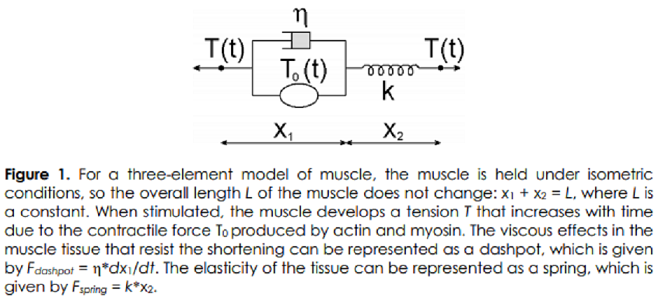Reference no: EM131126783
Spectral Classification Lab
Step 1: Below is a table of stars with their luminosities. Use the information derived from analyzing the stars' spectra listed below the table to estimate the temperature of the stars and fill in the appropriate column in the table.
|
Star Name
|
Surface Temperature (K)
|
Spectral Type
|
Color
|
Luminosity (Lsun)
|
Parallax (arcsec)
|
Distance (parsecs)
|
|
Rigel
|
|
|
|
100,000
|
0.0042
|
|
|
Betelgeuse
|
|
|
|
90,000
|
0.0077
|
|
|
Vega
|
|
|
|
60
|
0.13
|
|
|
Sun
|
|
|
|
1
|
---------
|
-----------
|
|
Arcturus
|
|
|
|
170
|
0.088
|
|
|
Procyon A
|
|
|
|
7.4
|
0.29
|
|
Information derived from spectra:
Rigel: From the hydrogen lines the temperature is either 12,000K or 6000K. Helium lines are present, so the temperature must be higher than 10,500K.
Betelgeuse: From the calcium lines the temperature is either 6000K or 3500K. TiO lines are present so the temperature must be 3500K or cooler.
Vega: There are no calcium lines, so the temperature must be greater than 9500K. There are no helium lines so the temperature must be less than 10,500K.
Sun: From the hydrogen lines the temperature is either 15,000K or 6000K. From the calcium lines the temperature is either 6000K or 3000K.
Arcturus: From the hydrogen lines the temperature is either 30,000K or 4500K. From the calcium lines the temperature is either 5500K or 4500K.
Procyon A: From the hydrogen lines the temperature is either 14000K or 7000K. From the calcium lines the temperature is either 7000K or 1000K.
Step 2: Use the table below and the surface temperatures you just determined to fill in the spectral type and color of each star in the table on the first page.
|
Spectral Type
|
Surface Temperature (K)
|
Color
|
|
O
|
40,000
|
Blue
|
|
B
|
12,000
|
Blue - white
|
|
A
|
10,000
|
white
|
|
F
|
7000
|
creamy
|
|
G
|
6000
|
yellow
|
|
K
|
4500
|
orange
|
|
M
|
3500
|
red
|
Step 3: Several stars, including the stars in the table on the first page, are plotted on the H-R diagram below, but they aren't labeled (except for the sun). Label the stars in the table from page 1 (except the sun) on the diagram.

Step 4: Is each of the stars below a supergiant, giant or main sequence star?
Rigel - Sun -
Betelgeuse - Arcturus -
Vega - Procyon A -
Step 5:
L = R2T4
Where L is luminosity, R is radius, and T is temperature.
What does this tell you about the radius of Betelgeuse in terms of the radius of our sun? Look at the luminosity and temperature for Betelgeuse and the sun in the table on the first page and the H-R diagram to help you. A qualitative answer is sufficient, but if you want to do the calculations, for T use a temperature in terms of solar temperatures. For example the sun's temperature is 1 solar temperature and a star with a temperature of only about half that of the sun would have a temperature of ½ solar temperatures.
The companion to Procyon A, Procyon B, is a white dwarf that has a temperature of about 8000 K. Yet its luminosity is less than 1/1000 that of the sun. What does this tell you about the radius of Procyon B in terms of the sun? A qualitative answer is sufficient.
Step 6: From the parallax listed in the table on page 1, determine the distance to each of the stars, except the sun, and enter it in the table. Remember:
distance in parsecs = 1/parallax in arcsecs
Step 7: Look up all the stars in table (except the sun) on the internet to determine if they are part of a binary or triple system. List the stars that are below:
From this do you conclude that multiple star systems are rare or common? By rare I mean are 10% or less of stars in multiple star systems.
Step 8: The little numbers by the stars on the H-R diagram are the masses of the stars in Solar Masses. For each star, record its mass in Solar Masses below.
Star Mass
Rigel
Betelgeuse
Vega
Sun
Arcturus
Procyon A
Stars with masses of 5 solar masses or more will supernovae. Which of these stars will eventually supernova?
Which will supernovae first? (Hint: Which star is farthest from the main sequence, i.e. most evolved?)
Look at the distance you calculated to that star. When it becomes a supernova, how noticeable do you think it will be for us? Keep in mind that supernova are sometimes as bright as a galaxy and that all of these stars are already some of the brightest stars in the sky.